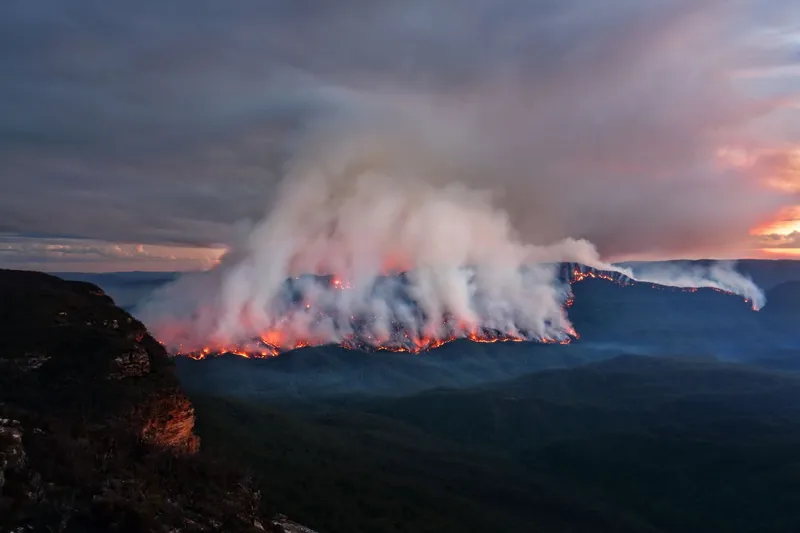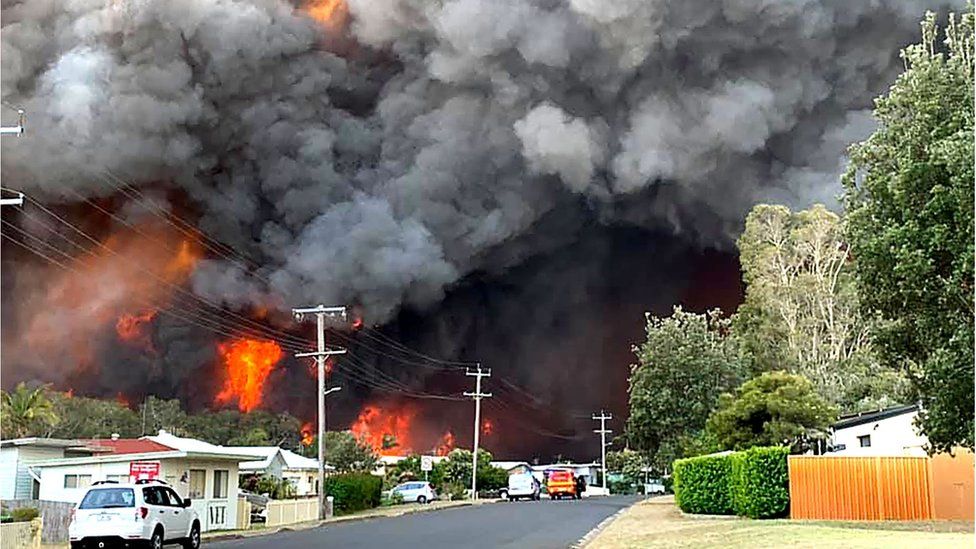Introducing the Risks: Why Every Property Owner Demands a Bushfire Risk Assessment
Introducing the Risks: Why Every Property Owner Demands a Bushfire Risk Assessment
Blog Article
Necessary Tips for Bushfire Monitoring to Make Sure Fire Protection

Understanding Bushfire Risk Levels
Recognizing the differing degrees of bushfire threat is vital for effective planning and prep work in mitigating possible threats to lives and properties. Bushfire risk degrees are typically categorized based upon variables such as weather, gas schedule, topography, and historic fire actions. By understanding these threat areas, levels and people can proactively apply methods to lower vulnerability and boost durability in the face of prospective bushfire occasions.
The very first degree of bushfire danger is reduced danger, where the probability of a bushfire taking place and triggering significant harm is minimal. Risky levels symbolize a substantial threat, with conditions helpful to fast fire spread and extreme fire habits.
Understanding these bushfire risk degrees allows stakeholders to customize their readiness and feedback actions accordingly, making certain a positive and effective strategy to bushfire administration.
Developing a Defensible Area
Reliable bushfire administration starts with establishing a defensible space around buildings to enhance security versus possible fire risks. A defensible space is a barrier area that creates an obstacle between a structure and the surrounding flammable plant life. This space serves as a crucial line of defense, giving firemans a safe area to operate and helping to minimize the danger of a fire infecting the residential property.
When establishing a defensible room, it is vital to think about the layout of the home and the surrounding landscape. Cleaning plant life, particularly very flammable plants, within a specific distance of the home can assist avoid the fast spread of fires. Additionally, maintaining a well-irrigated zone around the building can better enhance its defensibility.
Routine maintenance of the defensible area is essential to ensure its efficiency. This includes cutting looming branches, removing dead plant life, and keeping the location without particles. By investing effort and time right into developing and maintaining a defensible room, home owners can dramatically improve their opportunities of shielding their homes and possessions throughout a bushfire.
Executing Fireproof Landscaping
When developing landscapes to mitigate the risk of bushfires, incorporating fire-resistant aspects is necessary for enhancing property defense and reducing fire threats. Carrying out fire-resistant landscape design involves strategic planning to produce a defensible room around structures. Begin by choosing fire-resistant plant species that are less likely to stir up and generate reduced levels of combustible materials. Select plants with high dampness content, low oil content, and have a peek here minimal dead greenery to reduce the risk of fire spread. In addition, preserve sufficient spacing between plants and maintain them effectively trimmed to stop fire from quickly jumping between greenery.

Creating an Emergency Situation Evacuation Plan
Developing a detailed emergency emptying strategy is vital for making certain the security and health of individuals throughout potential bushfire incidents (BAL Report). An effective discharge strategy ought to outline clear treatments to follow in case of a bushfire hazard, consisting of marked discharge paths, assembly points, and communication methods
To start producing an emergency situation discharge strategy, it is vital to evaluate the specific threats and susceptabilities of your area. Recognize multiple discharge paths that result in risk-free areas far from the fire, thinking about variables such as terrain, road accessibility, and potential hazards. Establish interaction networks to alert locals of an impending discharge, using methods such as sirens, text notifies, or door-to-door notices.
Routinely review and exercise the evacuation strategy with all locals or community members to make certain everybody understands their roles and duties. Conduct drills to examine the performance of the strategy and make any kind of essential modifications. By having a well-prepared discharge plan in position, you can improve the chances of a orderly and risk-free evacuation during a bushfire emergency.
Maintaining Fire Security Devices
After developing a detailed emergency evacuation plan for bushfire cases, it is imperative to focus on the routine maintenance of fire security tools to guarantee optimal functionality and preparedness. Normal maintenance of fire security tools such as fire extinguishers, smoke alarm, fire alarm systems, and lawn sprinkler is essential in guarding lives and residential property throughout a bushfire. Carrying out routine examinations, testing, and servicing of these gadgets by certified professionals is essential to ensure they are in working order when needed.
Fire extinguishers should be examined consistently for pressure levels, noticeable damages, and proper capability. Smoke detectors need to have their batteries replaced a minimum of when a year and go through monthly my site screening to ensure they are functional. Fire alarm systems and automatic sprinkler should be evaluated periodically to confirm they are linked and operating properly. Furthermore, it is very important to maintain fire security equipment accessible, unobstructed, and clearly labeled for very easy recognition throughout an emergency situation. By vigilantly preserving fire safety and security tools, people can enhance their readiness and feedback abilities in case of a bushfire.
Verdict
In final thought, efficient bushfire management entails understanding danger levels, producing defensible rooms, executing fireproof landscaping, creating emptying plans, and maintaining fire safety and security tools. By complying with these important pointers, individuals can ensure much better fire security and safety for their homes and neighborhoods. It is necessary to prioritize proactive measures to minimize go to this web-site the risks related to bushfires and to be planned for emergencies.
By recognizing the subtleties of bushfire threat levels, establishing defensible spaces, applying fire-resistant landscaping, producing comprehensive evacuation plans, and making sure the maintenance of fire safety and security tools, people and communities can substantially strengthen their resilience versus the devastations of wildfires - Bushfire Risk. These suggestions are not just crucial for securing versus prompt fire risks however additionally for fostering long-lasting fire security approaches that can make a substantial difference in the face of intensifying bushfire hazards
High-risk levels represent a substantial risk, with conditions helpful to rapid fire spread and severe fire actions. Regular maintenance of fire safety and security tools such as fire extinguishers, smoke detectors, fire alarms, and lawn sprinkler systems is essential in guarding lives and residential property during a bushfire.In conclusion, effective bushfire monitoring entails recognizing risk levels, developing defensible areas, executing fireproof landscape design, developing discharge strategies, and keeping fire safety and security tools.
Report this page